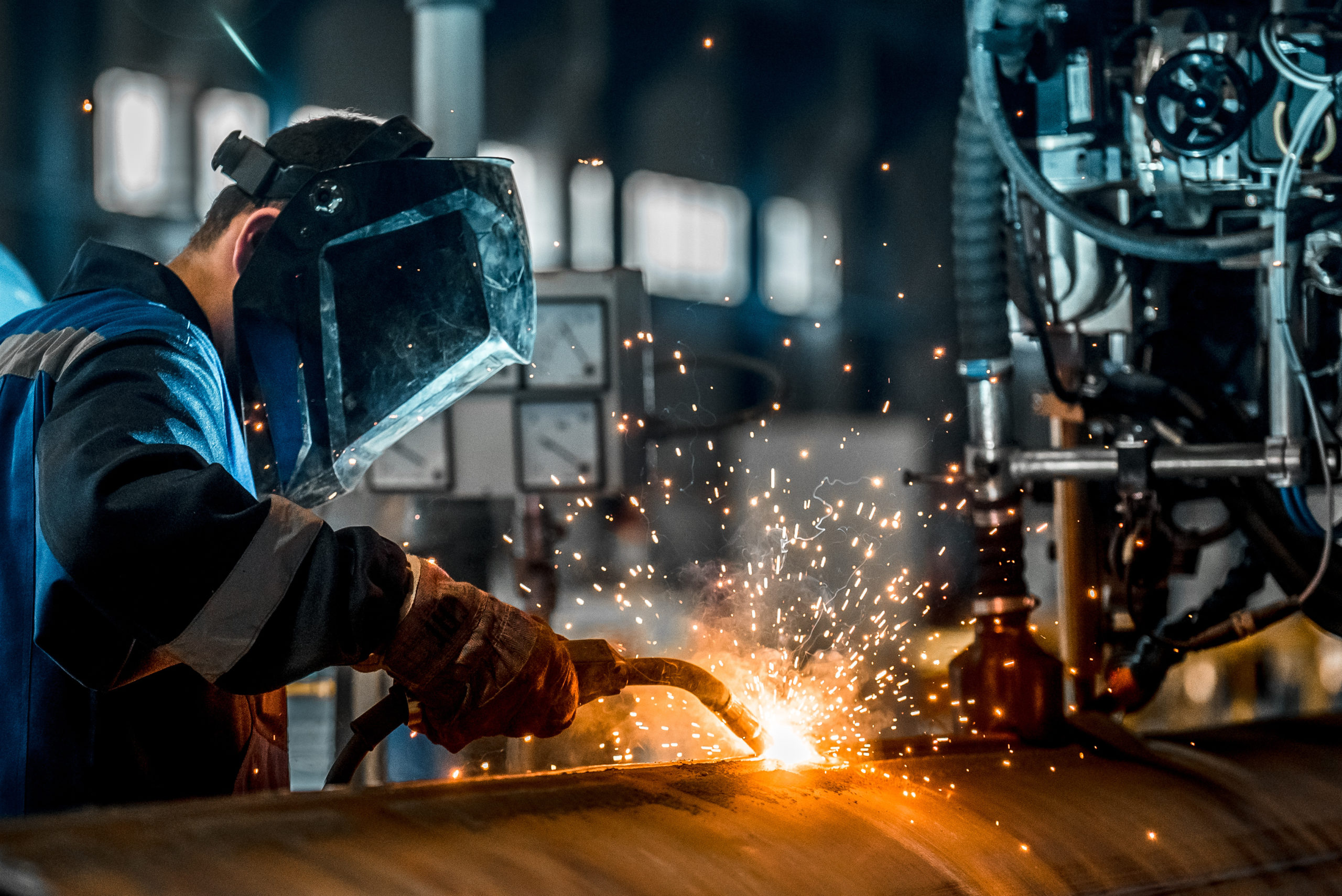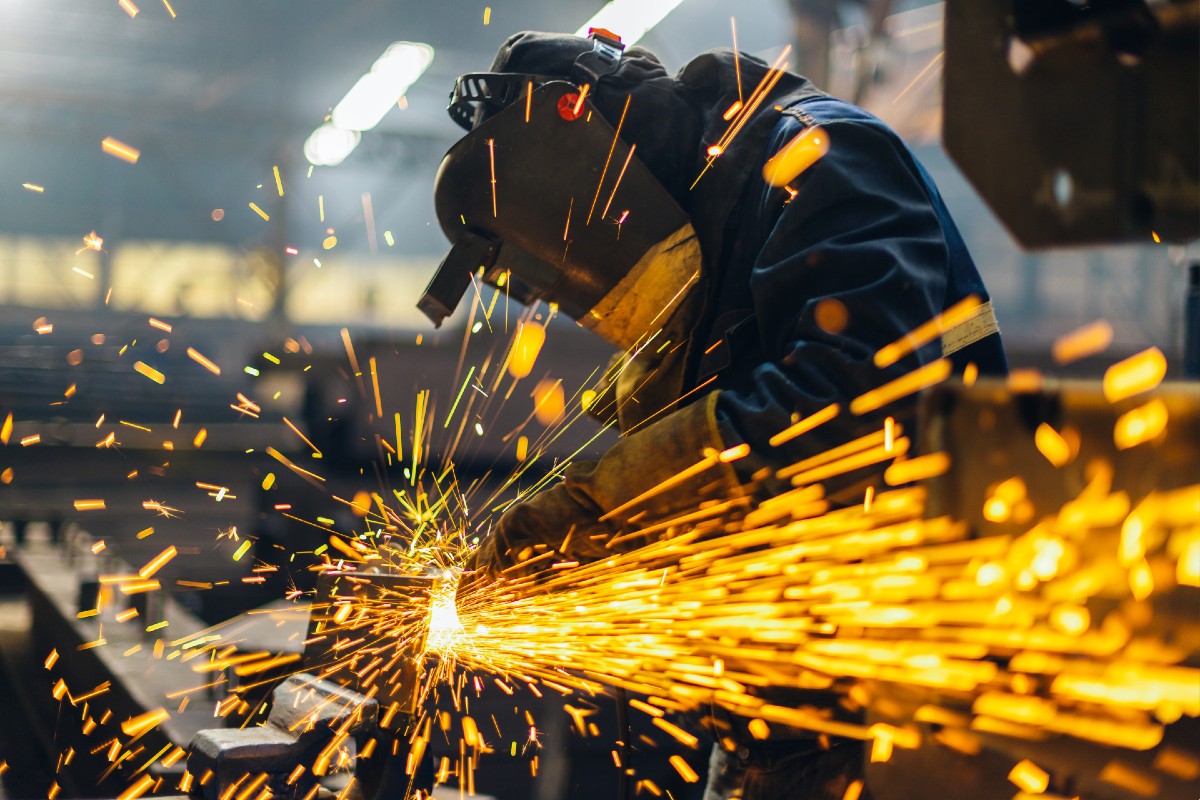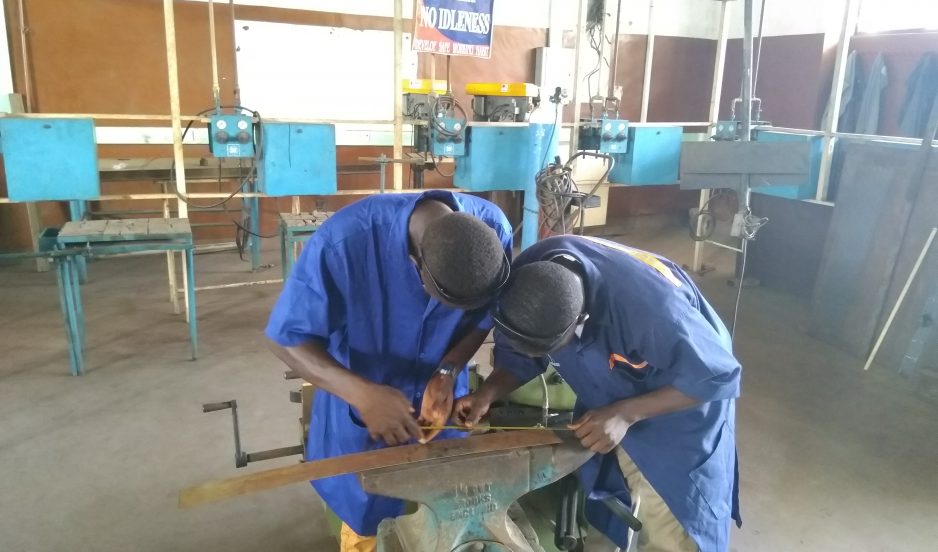Advanced weld correction methods from Belgrade Welding professionals
Typical Welding Repair Work Issues and How to Address Them Successfully
Welding repair work frequently encounter a variety of concerns that can jeopardize the honesty of the last product. Usual troubles consist of poor penetration, porosity, and imbalance, to name a few. Each issue provides unique obstacles that require certain techniques for resolution. Recognizing these issues is vital for welders intending to boost their outcomes and skills. This conversation will discover these common welding repair concerns and efficient approaches to resolve them.
Poor Penetration
Insufficient penetration happens when the weld steel falls short to completely fuse with the base material, leading to weak joints and prospective architectural failures. This issue commonly comes from not enough warm input, incorrect electrode angle, or improper welding rate. Welders might encounter poor penetration because of a miscalculation of the necessary criteria for a particular material thickness or kind. Additionally, contamination on the base product's surface area can hinder reliable bonding, intensifying the problem. To address insufficient infiltration, welders ought to assure proper settings on their equipment and keep a clean job surface. Routine examination of welds is advised to identify any kind of shortages early, enabling prompt modifications and the prevention of endangered structural honesty in bonded settings up.
Porosity
Porosity is an usual flaw in bonded joints that materializes as little gas bubbles entraped within the weld steel. This problem can endanger the integrity of the weld, resulting in decreased stamina and possible failure under anxiety. Belgrade Welding. Porosity usually emerges from contamination, dampness, or improper welding methods, which permit gases to leave right into the liquified weld pool. To deal with porosity, welders ought to guarantee appropriate surface area prep work, keep a tidy working setting, and utilize appropriate welding criteria. Furthermore, picking the right filler product and securing gas can minimize gas entrapment. Routine assessment and screening of welds can aid recognize porosity early, guaranteeing timely restorative activities are taken, consequently maintaining the high quality and integrity of the bonded framework
Misalignment
Imbalance in welding can emerge from different elements, consisting of incorrect arrangement and thermal development. Recognizing the root triggers is important for reliable resolution. A number of correction techniques are available to realign elements and ensure architectural honesty.
Causes of Imbalance
Welding imbalance frequently stems from a selection of underlying problems that can endanger architectural honesty. One main cause is improper fit-up of components before welding, which can lead to spaces and irregular surface areas. Variations in thermal development during the welding procedure can additionally cause distortion, specifically if the materials being joined have different coefficients of expansion. In addition, poor fixturing and clamping might fall short to hold parts securely in position, leading to activity during welding. Improperly conserved devices, consisting of welding equipments and tools, may present inconsistencies in the weld grain, further contributing to imbalance. Driver error, stemming from insufficient training or experience, can likewise play a considerable duty in producing misaligned welds.

Correction Techniques Readily Available
Dealing with misalignment effectively requires a mix of rehabilitative strategies customized to the specific concerns at hand. One typical method is using jigs or fixtures to hold components in the proper position during welding, making sure consistent positioning. Furthermore, pre-heating the materials can aid minimize distortion and boost fit-up. For considerable misalignment, mechanical realignment methods, such as using hydraulic jacks or clamps, can be used to remedy the placement prior to welding. Post-weld heat treatment might likewise be essential to alleviate stresses brought on by imbalance. Finally, careful evaluation and modification during the setup stage can stop misalignment concerns from ending up being significant issues, advertising a smoother welding process and enhancing overall structural honesty.
Distortion
Distortion is a common challenge in welding that can develop from different factors, including unequal heating & cooling. Recognizing the reasons for distortion is important for implementing reliable prevention techniques. Resolving this problem not only improves architectural integrity yet also improves the general quality of the weld.
Root causes of Distortion
When subjected to the extreme heat of welding, products commonly undergo modifications that can lead to distortion. This phenomenon mostly occurs from thermal growth and tightening throughout the welding procedure. As the weld location warms up, the material expands; upon air conditioning, it gets, which can produce interior stress and anxieties. Additionally, irregular home heating across a work surface can intensify these anxieties, resulting in bending or bending. The kind of material likewise plays a considerable role; steels with varying thermal conductivity and coefficients of growth might react differently, bring about unpredictable distortions. Bad joint style and poor fixturing can contribute to imbalance during welding, boosting the probability of distortion. Comprehending these reasons is necessary for efficient welding repair work and avoidance techniques.
Avoidance Techniques
Reliable avoidance methods for distortion throughout welding focus on controlling warm input and making certain proper joint style. Preserving a regular heat input aids to decrease thermal development and tightening, which can lead to distortion. Using methods such as preheating the work surface can additionally lower the temperature slope, advertising uniform heating. In addition, choosing suitable joint designs, such as T-joints or lap joints, can enhance stability and lower tension focus. Executing appropriate fixturing to safeguard the work surfaces in position additionally aids in maintaining alignment during the welding process. Lastly, staggered welding series can distribute warmth much more equally, stopping local distortion. By using these strategies, welders can significantly reduce the chance of distortion and enhance the overall top quality of their welds.
Cracking
Breaking is an usual concern experienced in welding fixings, usually arising from various elements such as inappropriate air conditioning rates, material option, or insufficient joint prep work. The event of fractures can significantly compromise the integrity of the weld, resulting in potential failures throughout operation. To resolve this problem, welders have to initially evaluate the source, making sure that products work and appropriately selected for the specific application. In addition, regulating the cooling rate during the welding process is important; quick air conditioning can cause stress and anxiety and lead to splitting. Correct joint layout and prep work also add to lessening the danger. Applying these strategies can enhance weld high quality and sturdiness, ultimately minimizing the possibility of breaking in completed weldments.

Insufficient Combination
A significant problem in welding repair work is incomplete combination, which occurs when the weld metal does not sufficiently bond with the base material or previous weld passes - Montana Mobile Welding and Repair Belgrade Welding. This problem can lead to weak points in the joint, possibly endangering the honesty of the welded structure. Elements adding to insufficient fusion include inadequate heat input, improper welding technique, and contamination of the surfaces being signed up with. To address this issue successfully, welders need to assure proper pre-weld cleansing and surface preparation, as well as change their welding parameters to accomplish ample infiltration and fusion. Regular inspection throughout the welding process can also help determine insufficient fusion early, allowing for prompt corrective measures to enhance the overall quality of the weld
Overheating
While welding repair services can enhance structural honesty, overheating offers a significant challenge that can result in material deterioration. Extreme warmth throughout welding can change the mechanical homes of metals, resulting in reduced stamina, boosted brittleness, and warping. This sensation is particularly crucial in high-stress applications where architectural integrity is vital. Identifying getting too hot can include visual assessments for staining or distortion, along with checking temperature throughout the welding procedure. To reduce the risks associated with overheating, welders ought to utilize proper strategies, such as managing heat input, adjusting traveling rate, and making use of appropriate filler materials. Additionally, applying pre- and post-weld heat treatments can assist recover material residential or commercial properties and improve the overall quality of the repair service, making certain lasting learn this here now performance and safety and security.
Frequently Asked Questions
What Are the Common Signs of a Welding Flaw?

How Can I Check My Welds for Quality?
To evaluate welds for high quality, one can make use of visual inspections, ultrasonic screening, and radiographic approaches. Each method guarantees structural stability, determines flaws, and validates adherence to defined standards, eventually improving the dependability of the welded joints.
What Security Preventative Measures Should I Take While Welding?
When welding, one must focus on safety by putting on suitable personal safety equipment, making sure correct air flow, protecting flammable materials away, preserving a tidy workspace, and understanding surroundings to stop mishaps and injuries.
Can I Repair a Weld Without Redoing the Entire Joint?
Repairing a weld without renovating the whole joint is feasible, depending upon the damage (Fabrication). Techniques that site such as grinding, adding filler product, or using a welding procedure can properly deal with specific flaws while preserving the surrounding structure
What Equipment Are Vital for Effective Welding Services?
Necessary devices for efficient welding fixings include a welding device, cord brush, mill, protective equipment, clamps, and filler products. Each tool plays an essential role in making certain top quality and safety and security throughout the repair work process. Porosity usually emerges from contamination, wetness, or improper welding techniques, which allow gases to leave right into the liquified weld pool. Improperly conserved tools, consisting of welding equipments and tools, may introduce inconsistencies in the weld bead, additional contributing to imbalance. When subjected to the intense heat of welding, materials frequently undergo modifications that can lead to distortion. Splitting is an usual issue experienced in welding repair work, frequently resulting from numerous variables such as improper air conditioning prices, material selection, or inadequate joint prep work. A considerable problem in welding fixings is incomplete fusion, which happens when the weld metal does not appropriately bond with Find Out More the base product or previous weld passes.